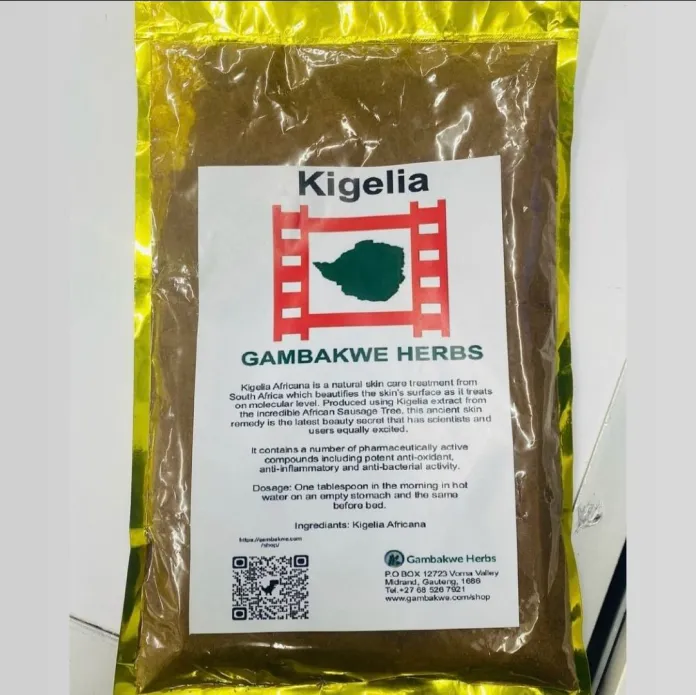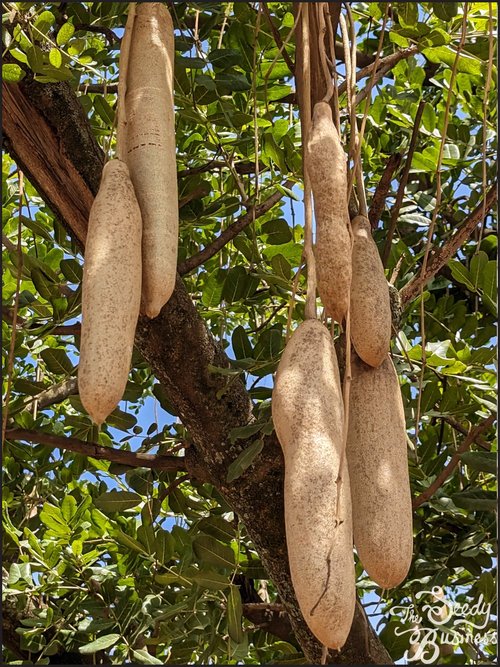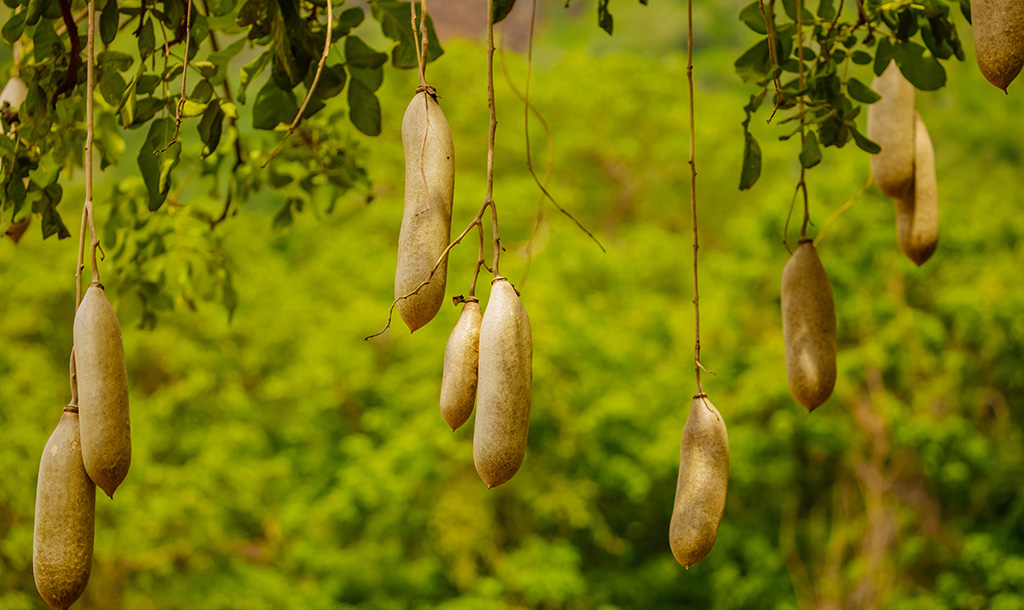The Intriguing Kigelia Africana: More Than Just a Sausage Tree
Have you ever encountered a tree with fruits that look like hanging sausages? If not, you’re missing out on the unique Kigelia africana! This remarkable tree, native to Africa, holds a wealth of ecological, medicinal, and cultural significance. Let’s explore what makes this tree so special.
What Exactly is Kigelia Africana?
- A Distinctive Appearance:
- Kigelia africana, commonly called the Sausage Tree, is known for its large, sausage-shaped fruits that can grow up to a meter long and weigh several kilograms.
- It’s a large tree, often reaching heights of 10-20 meters, with a broad canopy and grayish-brown bark.
- The tree also has beautiful, dark red flowers that bloom at night.
- Ecological Role:
- The night-blooming flowers attract nocturnal pollinators like bats and moths, playing a crucial role in the ecosystem.
- The tree provides habitat and food for various animals, contributing to biodiversity.
- The fallen fruit and leaves enrich the soil.
- Traditional and Medicinal Uses:
- Across Africa, various parts of the tree are used in traditional medicine to treat a range of ailments.
- The fruit, when processed, has been used in traditional beverages.
- Extracts are used for skin conditions.
- The tree has been used to treat things like skin conditions, and digestive issues.
- Cultural Significance:
- In many African cultures, the Kigelia africana holds cultural and sometimes even sacred importance.
- The wood is also used to make musical instruments.
Key Features to Remember:
- Sausage-like Fruits: These are the tree’s most recognizable feature.
- Nocturnal Flowers: The tree’s red flowers open at night.
- Diverse Uses: From medicine to musical instruments, this tree has many applications.
A Tree of Many Benefits
While the raw fruit is considered toxic, processing opens the door to many uses. Furthermore, the tree provides valuable ecological service. It is truly a multi use tree.
The Kigelia africana is a testament to the incredible diversity and utility of the natural world. So, the next time you hear about the Sausage Tree, remember that it’s much more than just a quirky-looking plant. It’s a vital part of Africa’s ecosystem and cultural heritage.



